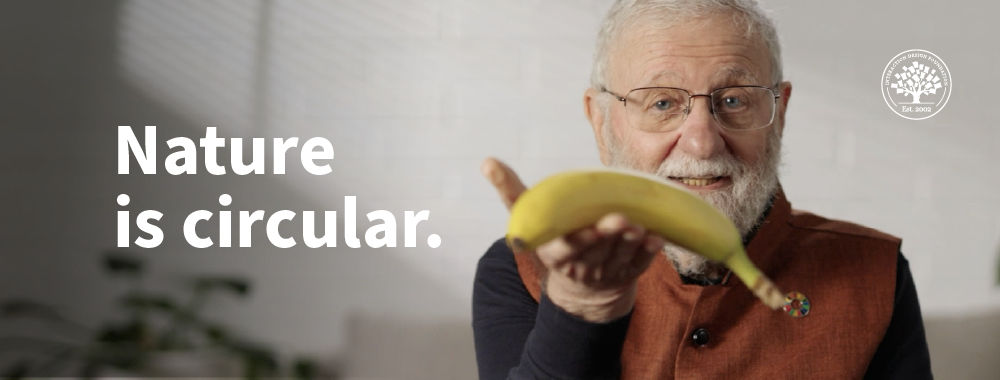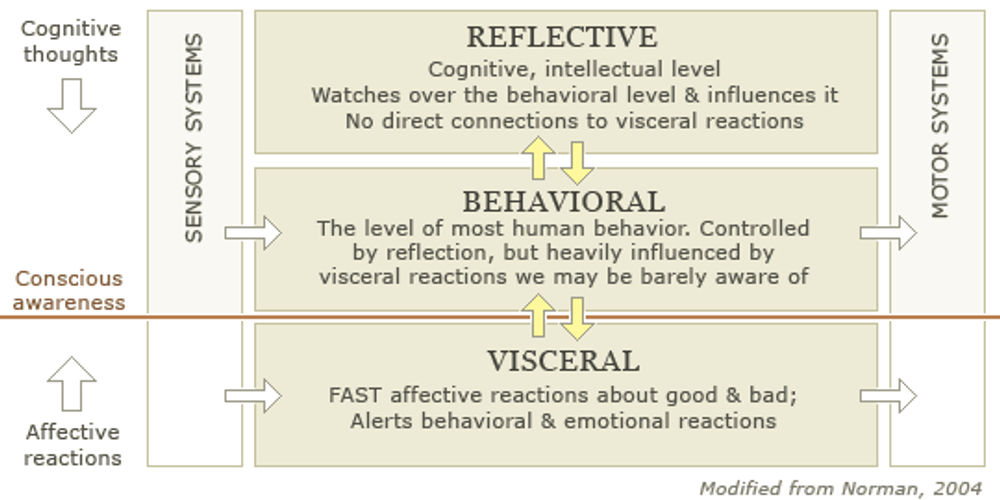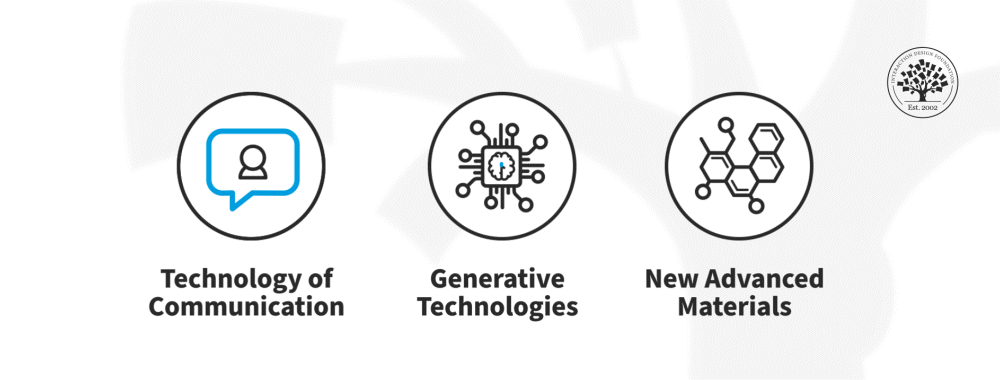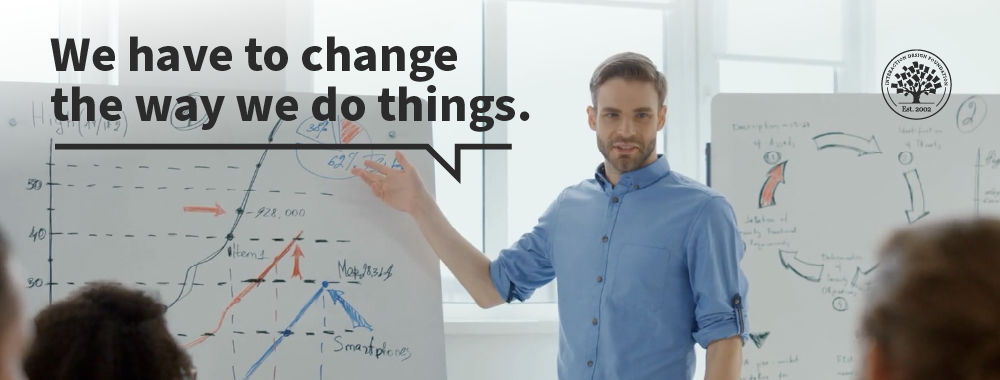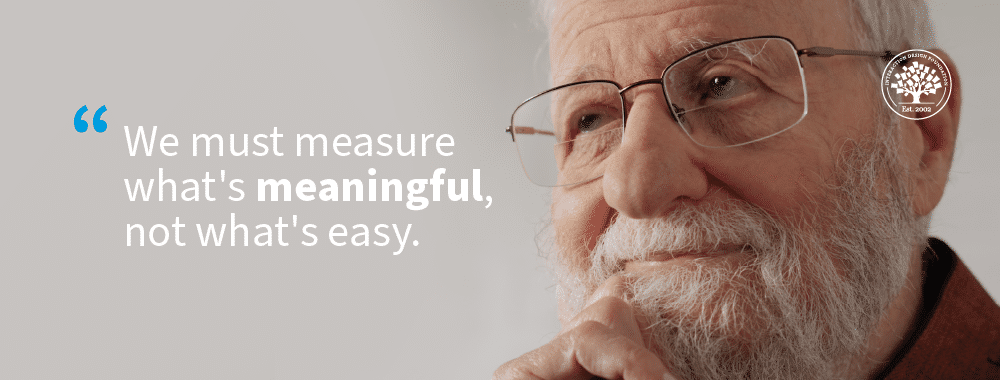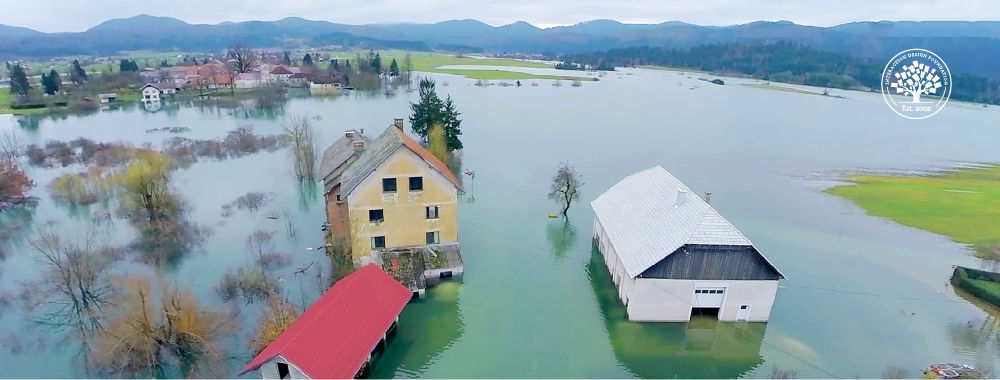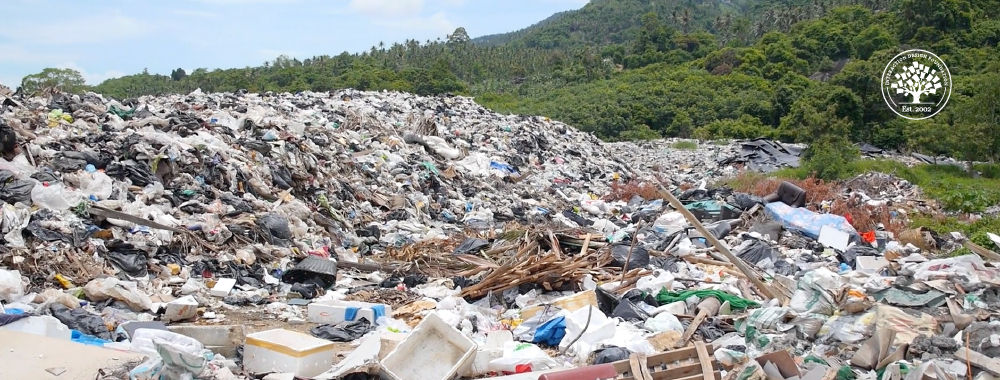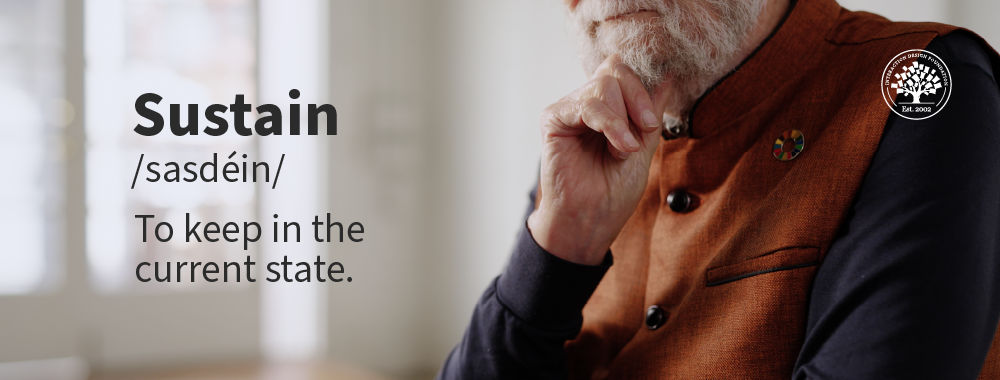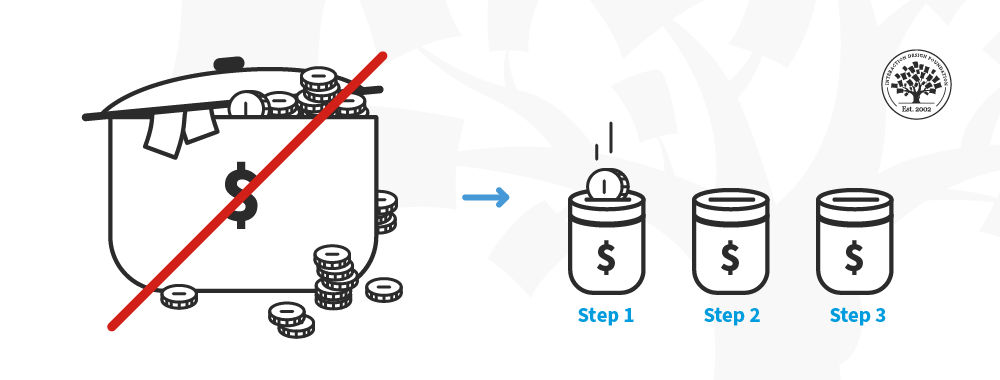Nature is circular. Nothing ever goes to waste. The banana peel we discard degrades into nutritious compost for plants. Even the remains of deceased animals and humans disintegrate into the soil. Human engineering and design, on the other hand, are linear processes. And that has put us on a one-way highway to a global wasteland. How can we move from linear economies to a more natural, circular one? Grand old man of UX design, Don Norman answers in this video.
Show
Hide
video transcript
- Transcript loading…
Circular Design
The circular economy requires circular design. The three principles of circular design are:
Eliminate waste and pollution, including toxic substances that harm the soil and water and reduce emissions. Design plays a key role here. Almost every product generates waste, and so we need to redesign everything.
Circulate products and materials at their highest value for as long as possible. For example, we can build machines to last a long time and be dismantlable so their parts can be repaired easily and reused in new products. They should be recyclable so that no more resources are mined from the earth.
Regenerate natural systems by returning natural resources to the earth. For example, food waste can help regenerate farmlands.
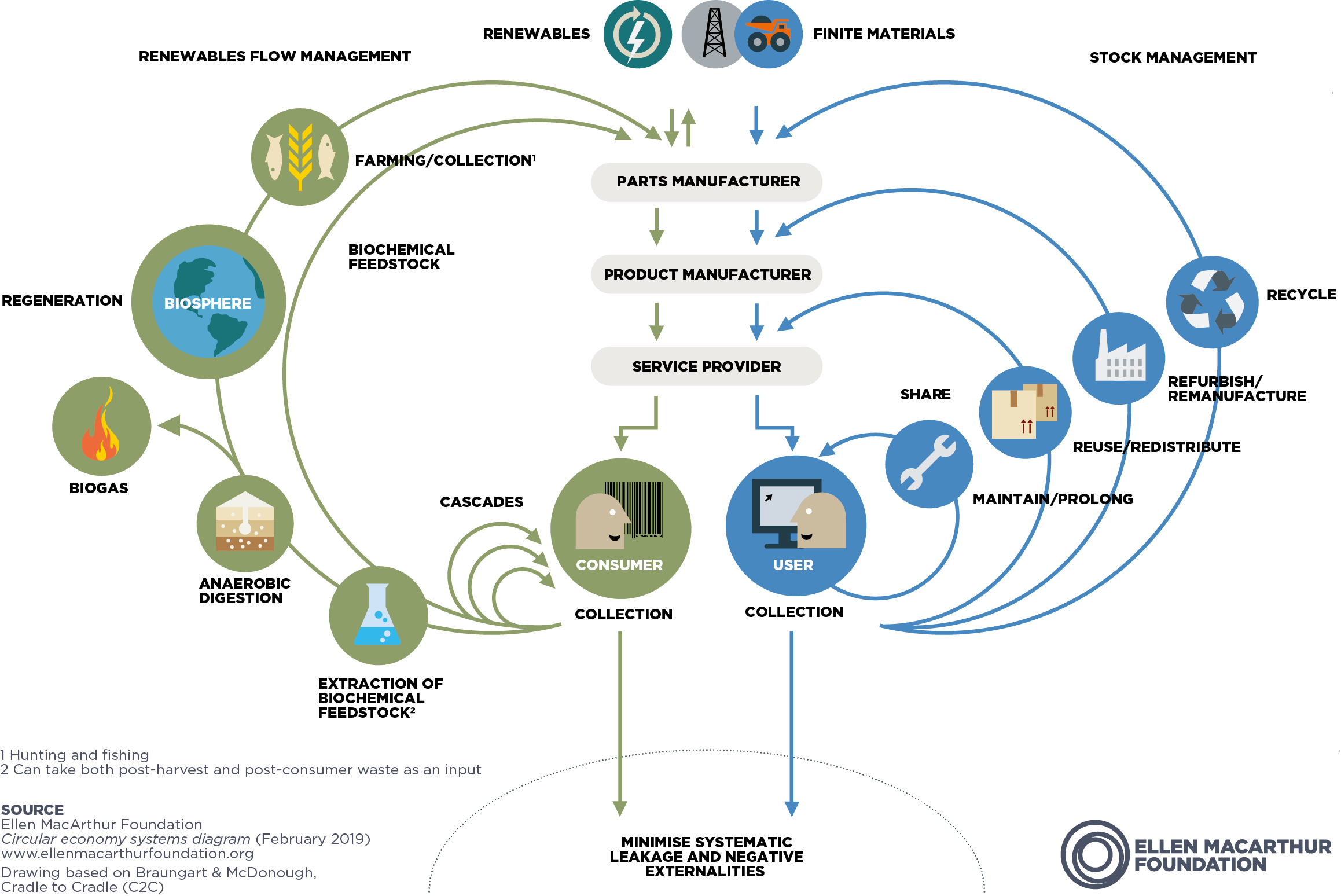
The circular economy butterfly diagram by the Ellen MacArthur Foundation illustrates how we can minimize waste using both renewable and non-renewable materials.
© Ellen MacArthur Foundation, Fair Use
The Take Away
Today, we have a linear economy. We collect raw materials from the earth, and we transform the raw materials into products which we sell to consumers. When the products are not working any longer or when they’re not trendy anymore, we consumers discard them as waste.
A circular economy generates zero waste. Once a component enters the cycle, it continues to be used for a long time. And once it is unusable, it can degrade naturally.
To create a circular economy, people from different disciplines must work together, think strategically about materials, and ensure they are reusable. Sustainable design is paramount. Today, manufacturers combine different natural materials to create artificial materials. While the original components of these new materials degrade naturally, the artificial ones, once made, cannot be unmade. One of the biggest challenges is the conflict between circular manufacturing and aesthetics. In an attempt to make something that's small, thin and lightweight, companies have made it impossible to reuse materials because they've combined them in ways that are difficult or even impossible to separate. This conflict between aesthetics and circularity is challenging, but with concerted action, an excellent opportunity for businesses.
References and Where to Learn More
Learn more about circular design in Don Norman’s book Design for a Better World: Meaningful, Sustainable, Humanity Centered.
Additional resources from the book “Design for a Better World” are available at the Resources for DBW website.
Read more articles and essays by Don Norman on JND.org.
Watch this video interview with Dame Ellen MacArthur on What is a circular economy? (~10 minutes)
See more about Circular Economy here.
